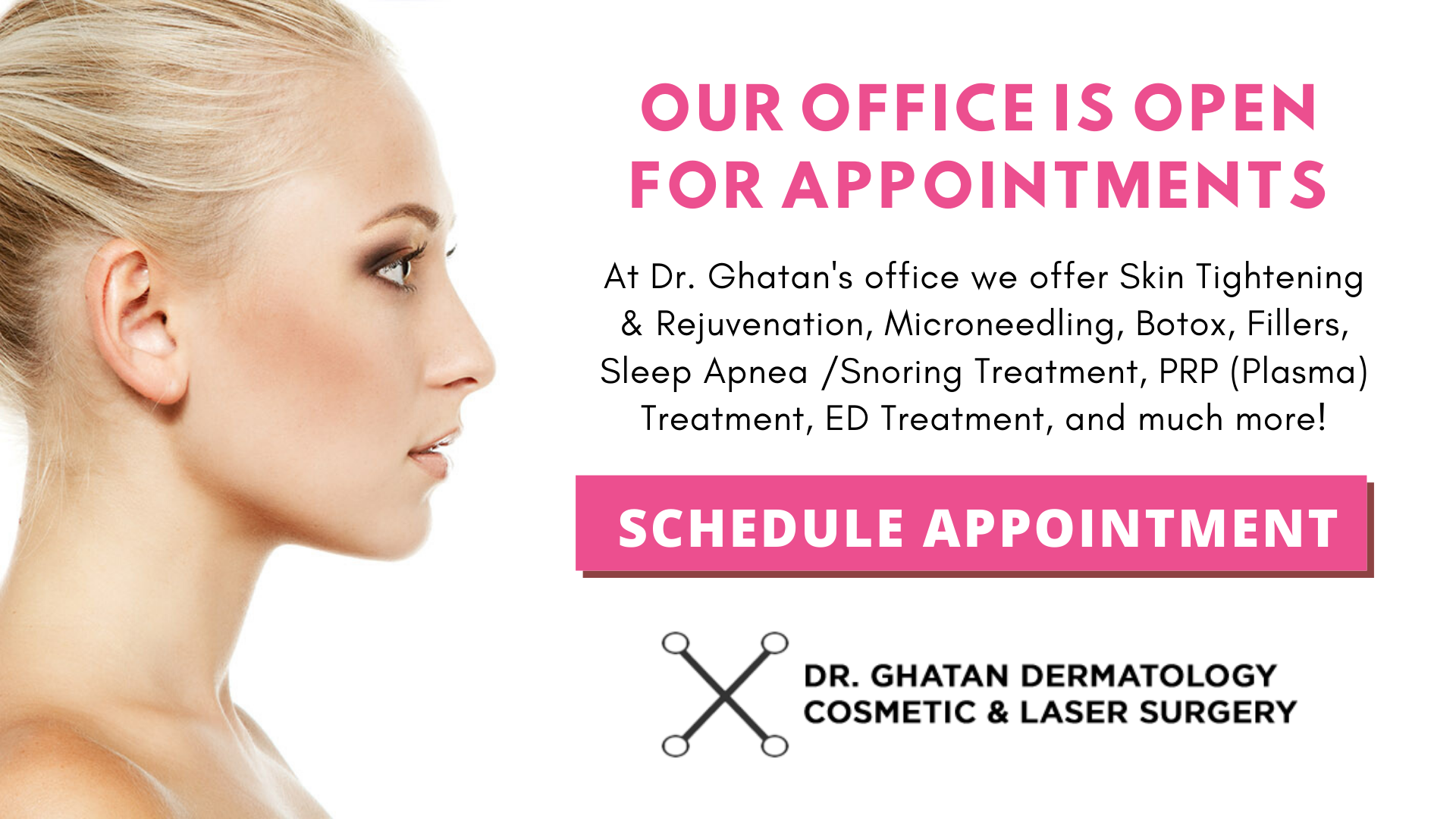NON-SURGICAL FACE-LIFT (CHEMICAL PEELING) REJUVENATION OF FACE AND HANDS
Your skin’s appearance depends upon a combination of factors; genetic predisposition, sun exposure, stress, gravity, and possibly, diet. Cosmetic surgery can remove abundant skin and smooth wrinkles, making you look and feel better. Sometimes, surgery alone is not the answer. Fine wrinkles, skin discolorations and the overall quality of the skin will not be changed with surgery.
The skin in which you live is the interface between your environment and your internal structures. It must continually rejuvenate itself, sloughing off old cells and replacing them with new ones. Skin secretes lubricating oils which help protect it and keep it smooth.
Sloughed skin, secreted oils, and microscopic particles of makeup and environmental matter accumulate on the skin’s surface and are often not adequately removed by soap and cleansers. This debris clogs pores, interferes with cell turnover and makes the skin look dull.
There is, however, a series of treatments which can help the skin renew itself. These treatments can be used on males and females of any age and with almost any skin type.
Chemical peeling is a time honored method for rejuvenation. A 3000 year old manuscript discovered in Egypt is one of the earliest recordings for dermatological prescriptions for caustic preparations used to peel facial skin.
What are the indications for chemical peels? There are many, including: sun-damaged, aged, and wrinkled skin (wrinkles around the mouth and the eyes respond especially well to chemical peeling), blotchy spots of hyperpigmentation on the face or the hands, keratoses, acne, post-acne scarring, and treatment of pre-cancerous skin lesions.
Chemical peeling is a technique that involves application of an irritant chemical solution into the skin to remove the epidermis (outer layer of the skin), and sometimes the upper part of the dermis (inner layer of skin). In essence it is a controlled second-degree chemical burn. Post peel, the skin looks YOUNGER and FRESHER, and feels softer, and is tighter. The ideal patient is one who has a light complexion, dry skin, and fine wrinkles, although chemical peeling can be used for patients who do not fulfill these criteria.
There are 3 basic types of chemical peels-light, medium, and deep. These types are defined by the type of the chemical agents and their concentrations, and the depth of penetration into the skin.
LIGHT PEELS affect the superficial layers of the skin, it is the mildest form of peel. Light peels remove build-up of dead skin, enhance overall appearance, refresh the skin, and impart a “glow” to it. Some commonly used agents are very low strength of Trichloroacetic acid (10-15%) [a derivative of Acetic Acid], Salicylic Acid, Alpha Hydroxy Acids [AHA] (e.g. Glycolic Acid & Lactic Acid), and Resorcinol, to name a few.
There are several drawbacks with AHA peels. In general they work very slowly. The patient needs the discipline to apply special AHA cream twice a day before and after the peel. AHAs improve fine wrinkles only. And their overall costs may add up to be more than the comparative Trichloroacetic peels.
MEDIUM PEELS penetrate the outer layer of skin, and the superficial layer of inner layer of skin. The most popular agent used for this kind of a peel is Trichloracetic acid (35-40%) This chemical is nontoxic and is not absorbed into the body, and therefore is well tolerated. However, a transient pain, burn, and stinging upon application of the acid may occur.
More significant problems of peeling such as irregular pigmentation and scarring can be minimized by repetitive peeling. Repetitive peeling, separated by intervals of weeks to months, can result in changes equivalent to a single, more concentrated, deep peel.
This is an ideal peel since it is non-toxic, it can remove deeper lines, and even produce an up-lift like a face-lift.
DEEP PEELS penetrate the deeper layer of the inner skin. Thus, this peel is reserved for those with very deep and numerous wrinkles. Phenol is the most widely used chemical for this kind of peel.
Because some of the phenol may be absorbed into the body and if not used by an expert physician and under carefully monitored situation there may be some serious risks involved. People with heart disease, kidney disease, or liver disease are not candidates for this peel, however, they may be able to benefit from light or medium peels.
What is a “Spot Peel”?
A spot peel is a customized peel where two or more different acids are used to treat different spots and wrinkles on a patient.
This has recently become a very popular and a very effective peel.
In short, chemical peeling is an effective, low risk, non-surgical approach to rejuvenation.
Complications of Peels:
Infection- Although trichloracetic acid and phenol are bactericidal (kill bacteria), occlusive ointments may promote folliculitis (inflammation & infection of hair follicles) which may be secondarily infected.
Milia Formation- Milia, sometimes called inclusion cysts or “whiteheads,” appear as part of the healing process. Treatment of milia is very simple and effective.
Persistent Redness or Itching- Redness after peeling usually disappears in about a week. However, different patients may manifest longer or shorter times, especially if they are using Retin A before and after peel. Topical hydrocortisone lotion, oral antihistamines, and application of a green-color foundation make-up can be helpful.
Pigmentary Changes- Hyperpigmentation of nevi (moles) does occur following chemical peels.
Birth control pills, exogenous estrogens, sunlight, photosensitizing drugs, and pregnancy within 6 months post peel may cause hyperpigmentation.
Scarring- This is a very rare event. Racially dark individuals and people with a family history of hypertrophic scars have a higher risk. The neck, back of the hands, forearms, and arms are more prone to scarring.
In short, chemical peeling is an effective, low risk, non-surgical approach to rejuvenation.

